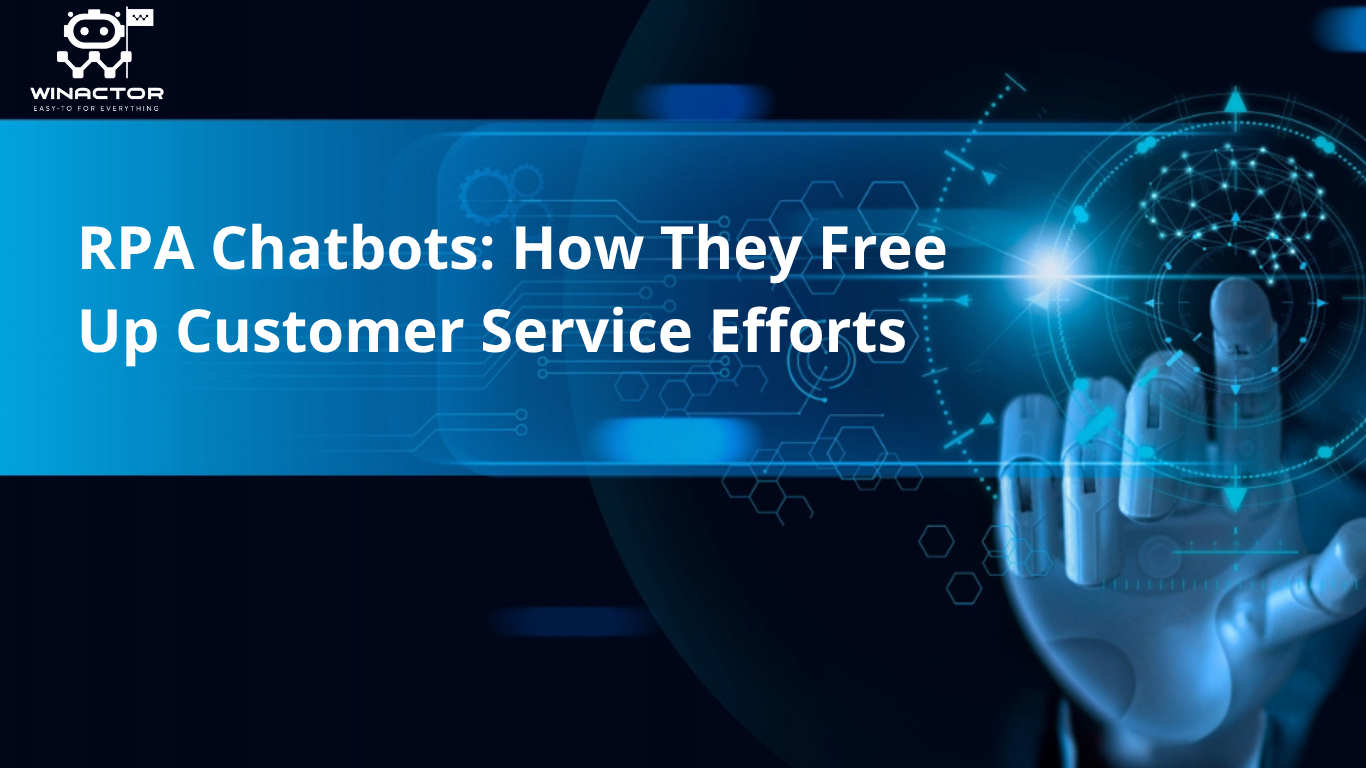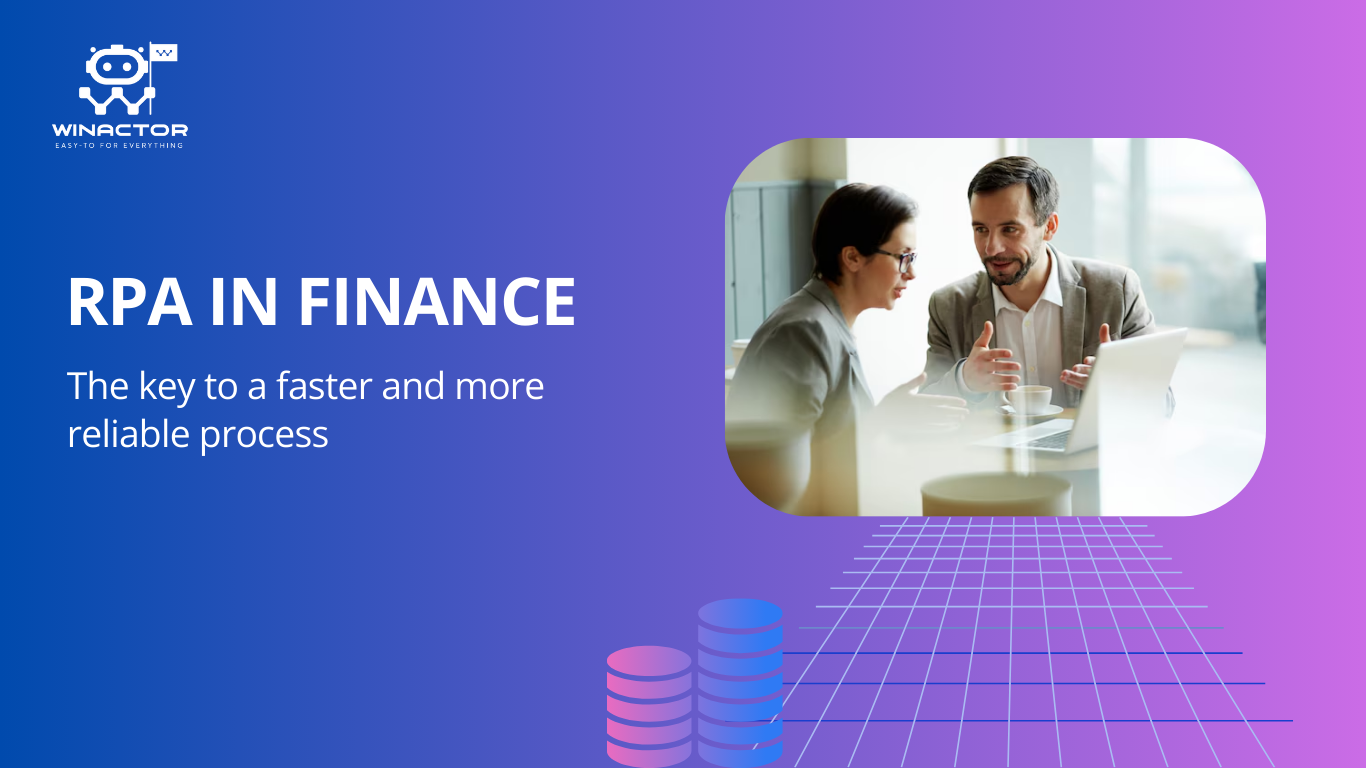One of the best ways to protect yourself is to have an insurance policy. That’s right, and now many insurance companies have been born to serve the needs of the people. Usually, to perform customer-related tasks, employees will have to spend a lot of time handling them manually. Knowing that fact, many insurance companies have applied modern technology to relieve pressure on their employees. One of them is Robotic Process Automation. The following article of WinActor will introduce you to 9 applications of RPA in the insurance field.
New Business & Underwriting
Underwriting is the process that involves gathering information from a variety of sources to assess the risks associated with a given policy. On average, it can take 3 to 4 weeks to complete this job for manual workers. Therefore, this delay may affect the service quality and reputation of the company.
To overcome that situation, businesses can choose RPA technology solutions. This is a software robot that allows users to collect and process accurate information automatically. In addition, the working speed of RPA is many times faster than that of humans, minimizing risks. From there, the insurance company will improve labor productivity and speed up work progress, creating customer satisfaction.
Claims Processing
Claims handling always brings many difficulties to insurance employees. Because it needs to aggregate a lot of data from many different systems. In collecting information, you will likely make some manipulation errors that will delay the resolution of the complaint.
Instead, you can use RPA to help resolve complaints. Specifically, the software robot will replace the employee to perform the effective data collection operation without any manipulation errors. Then, it will aggregate on an interface that allows employees to confirm customer information quickly.
Read more: RPA Implementation Challenges And How To Overcome Them
Business and Process Analytics
For an insurance company to improve processes, they will certainly have to rely on some state-of-the-art technology to make them happen. That means they will have to find a suitable solution before performing process optimization. The question arises: “Why don’t banking companies apply RPA to their processes?” When it can take on both functions simultaneously, working and providing accurate data for the company.
Specifically, the software robot will provide the insurer with detailed information: processed transactions, exceptions, etc. These values can help them improve their process, reducing the workload for employees. At the same time, the company will create satisfaction from customers.
Manual Data Entry Process
Manual data entry is a job with many potential errors for insurance employees such as quotation, insurance claim, etc…. This is a very time-consuming and stressful process for employees. Because they have to process a huge chunk of data in constant time, insurance employees feel depressed, leading to reduced work performance. So it makes perfect sense to apply RPA. It will help businesses easily complete work quickly, improving labor productivity.
Usage of Legacy Applications
Using legacy applications is extremely important to the insurance industry. Because it affects many of their business functions. As new ERP or BPM solutions are deployed, insurance companies will face the difficult task of integrating them into legacy applications. Therefore, to overcome that situation, businesses can apply RPA to their processes. Since software robots are fully compliant, they can be integrated easily and do their job well.
Regulatory Compliance
Insurers rely on various compliance standards, including HIPAA privacy rules, PCI standards, tax laws, etc. Usually, these standards change over time. Compliance can sometimes be difficult for employees and customers because they can hardly work according to rigid principles. However, for RPA, it is simple. Software robots can adhere to absolute principles. The insurance company won’t have to worry about the lack of compliance leading to employee mistakes.
Scalability
Demand-based scalability is one of the advantages of RPA. The software robots can then scale up or down based on demand at any given time. In addition, RPA can easily integrate with other technologies. Enterprises can use many different devices to improve labor productivity, contributing to the most effective process expansion.
Blend New Technologies with Existing Systems
New technology integration becomes easier with RPA. The advantage of the software robot is that the software interface is friendly and does not require a high IT background. Therefore, the insurance company can combine RPA with some other software such as BPM, Process Mining,…. That way, RPS will maximize its use, contributing to effective RPA implementation.
Registration Form
Form registration can be greatly improved with RPA implementation because this work is repetitive and has fixed logic. You can completely automate the process to relieve pressure on employees. In addition, the software robot’s form processing time is only half that of manual labor. Of course, its accuracy can reach approximately 100%.
Benefits of using RPA in the insurance sector
In the insurance industry or any other field, RPA can also work effectively, contributing to solving optimization problems for business processes. You can apply RPA to a variety of industries. Then, Software Robots will help you improve processes, improve productivity and significantly reduce labor costs. In addition, RPA has many other benefits: setting up automatic reports, aggregating data quickly, etc….
Conclusion
Above are 9 typical examples of RPA in the insurance industry. Hopefully, the article will help you have an overview of RPA and its benefits in all areas. However, to apply RPA effectively, the most important thing is to understand them. Because then you can choose for yourself the RPA bots that are suitable for the process. Don’t rush, it will expose you to mistakes in implementing effective RPA.
Read more: How Does RPA Help In Retail Industry?

WinActor is an RPA software solution by NTT DATA Corporation to help businesses master technology, create breakthroughs in the digital age 4.0.





